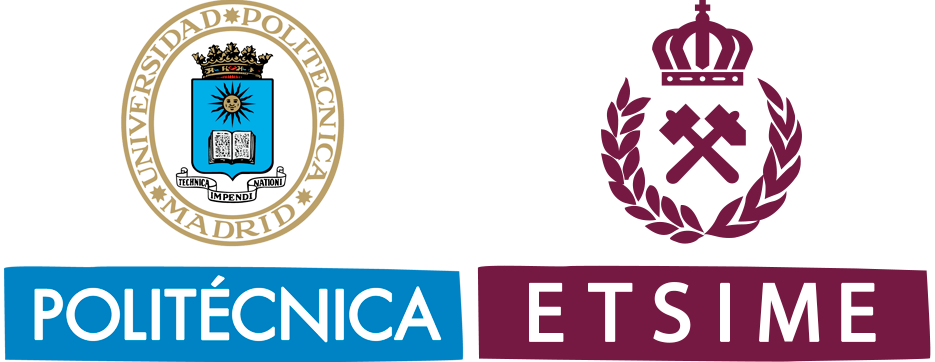New technologies for capturing geospatial information to support the modeling of flood processes. Application to the district of La Guajira, Colombia - Project AL15-PID-29 |
The project aims to characterize and identify the most appropriate sources of cartographic information for flood modeling in areas of special sensitivity. The project will analyze new usable information capture technologies, such as LIDAR, remote sensing, GPS, as well as new usable platforms, such as UAVs or MMS.
Traditionally, human settlements have been located in areas with easy access for commerce and transportation, usually coastal areas. These locations make them especially vulnerable to certain natural risks such as hurricanes, winds, coastal risks or floods. For some time now, different organizations such as the IPCC have been warning of the possibility that increased storms and torrential rains could cause flooding, which in turn could lead to the destruction of infrastructure and buildings, pollution and deterioration of natural resources. , as well as the loss in commercial activities and the livelihoods of certain populations.


